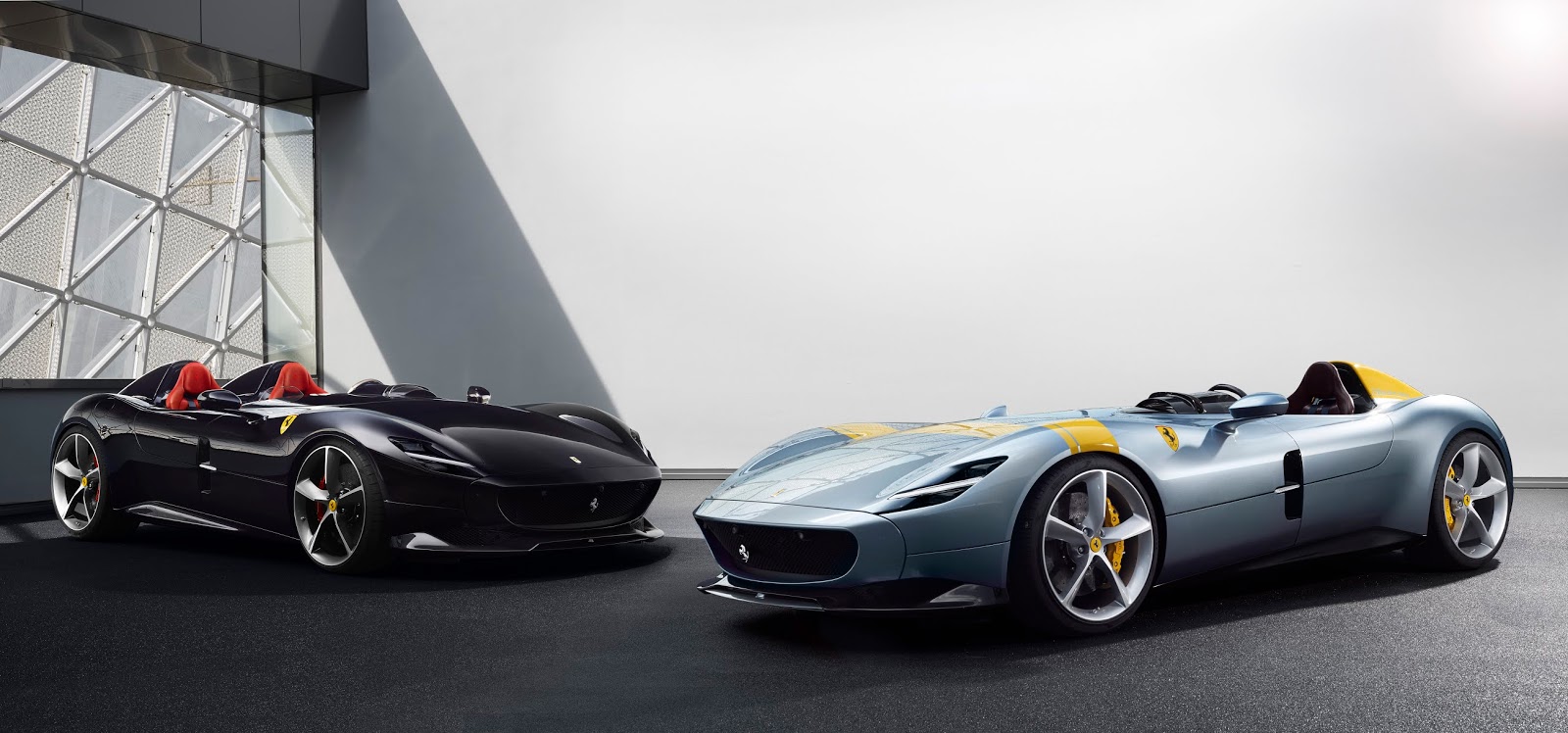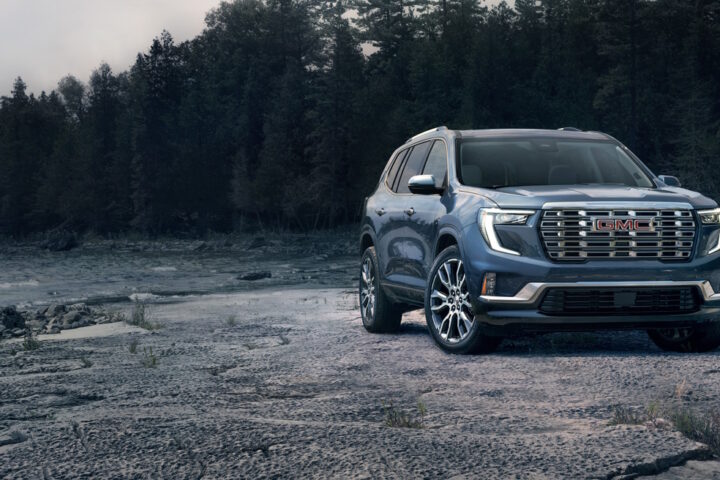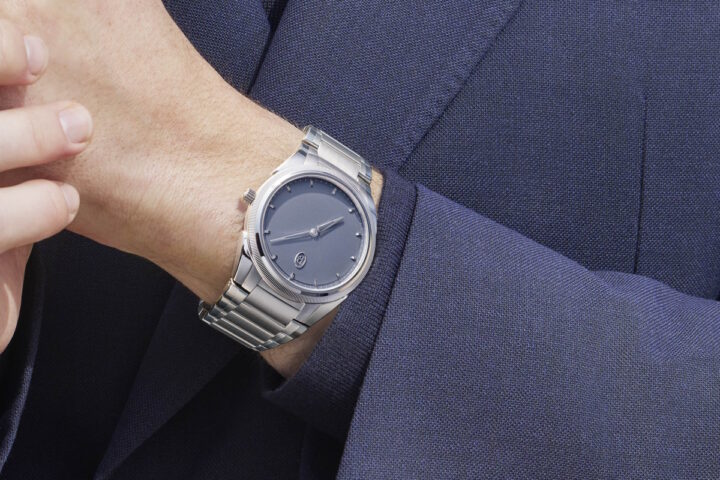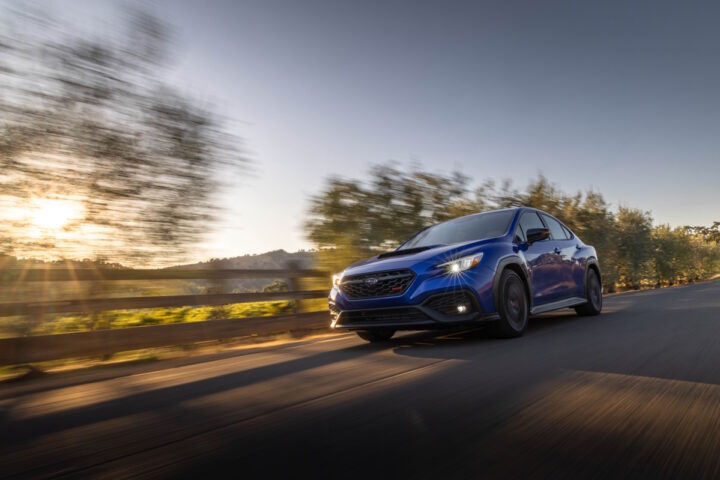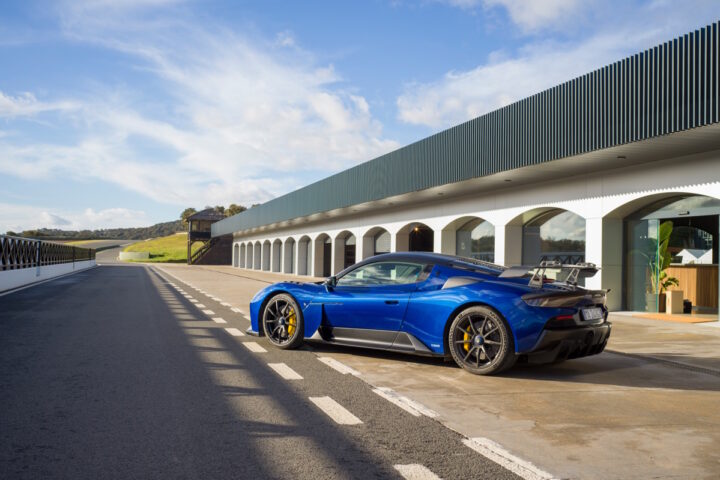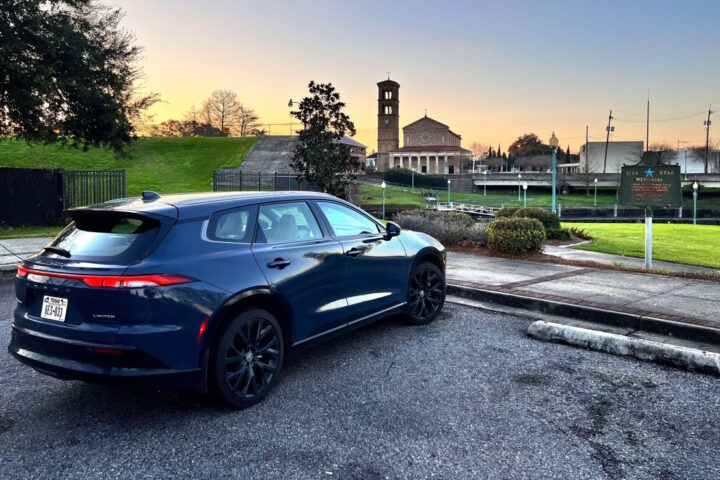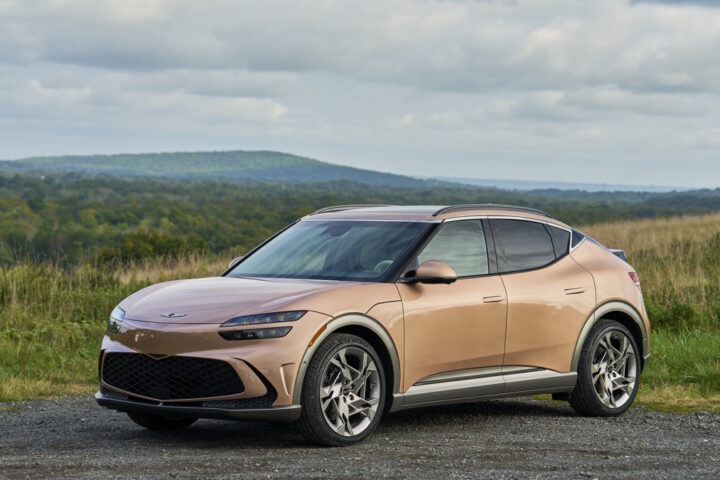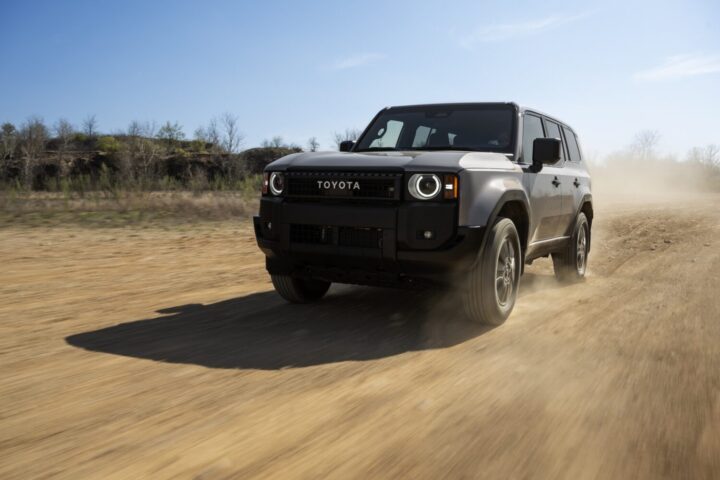TGR Staff
The Ferrari Monza SP1 and SP2 are the forerunners in a new concept, known as ‘Icona’ (Icon), that taps into a leitmotif of the most evocative cars in the company’s history to create a new segment of special limited series cars for clients and collectors. The intention is to use a modern aesthetic to reinterpret a timeless style, with technologically advanced components and the highest performance possible through continuous innovation.
The Ferrari Monza SP1 and SP2 are inspired by barchettas of the 1950s which were driven to victory in international motorsport not just by official works team drivers from the Scuderia, but also by a legion of gentlemen drivers who, in those years, frequently found themselves wheel to wheel with legendary professional drivers of the era.
The first ever Ferrari to be referred to as a barchetta was the open-top version of the 1948 166 MM. The name was coined by Giovanni Agnelli who, upon seeing the car for the first time at the Turin Motor Show that year, commented that it was less like a car and more like a barchetta, referring to the Italian for a small speedboat. The Touring-bodied 166 MM barchetta wrote Ferrari’s name firmly in the history books, winning first the Mille Miglia and then the grueling 24 Hours of Le Mans in 1949. This model was followed by other extraordinarily successful Ferrari Sports cars, such as the 750 Monza and 860 Monza which were inspiration for the name of the new models.
Barchettas were similar to spiders in form (two seaters), but had no roof or weather equipment. Instead of a full windscreen, they were equipped with just a small screen (single or wrap-around) and a removable tonneau cover over the passenger side. The Monza SP1 and SP2 are similar in concept, although the main difference is that they can be ordered either as a single-seater or as a two-seater.
The result is a car that seems sculpted by the wind. It is the purity of the styling elements that impresses – an aesthetic that is futuristic but, at the same time, a respectful yet un-nostalgic homage to the past.
Enzo Ferrari used to say that “If there is such a thing as a soul, engines have one”. This model’s soul is, as is true of all Ferraris, in its engine. The Ferrari Monza SP1 and SP2 are equipped with the most powerful naturally-aspirated V12 ever produced by Ferrari. Thanks to specific areas of development, the power of the 812 Superfast’s 6.5 liter has been increased by 10 cv to 810 cv at 8500 rpm with a slight increase in torque to 719 Nm at 7000 rpm.
Just like on racing cars, extensive use of carbon-fiber has been made throughout the construction of the Monza SP1 and SP2 to make them light and responsive and to enhance their sporty, aggressive visual appeal.
As these are completely en plein air sports cars with no windscreen, one of the biggest challenges was to create an aerodynamic solution that would ensure the driver enjoys the performance of the cars without being affected by issues caused by the barchetta configuration. The result was the patented “Virtual Wind Shield” which is integrated into the fairing ahead of the instrument panel and the steering wheel, providing exceptional driving comfort.

